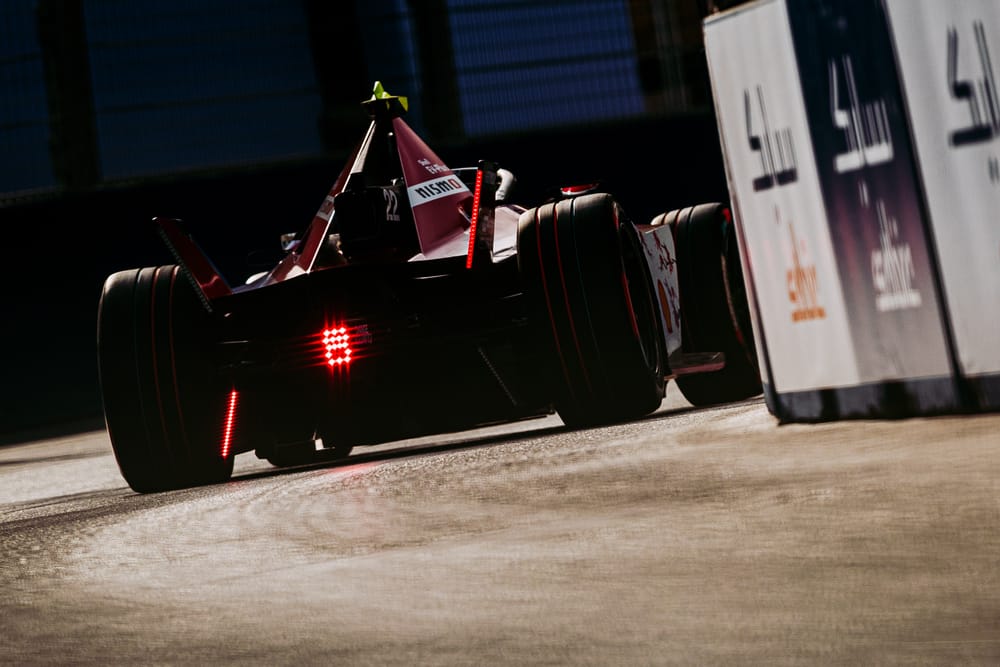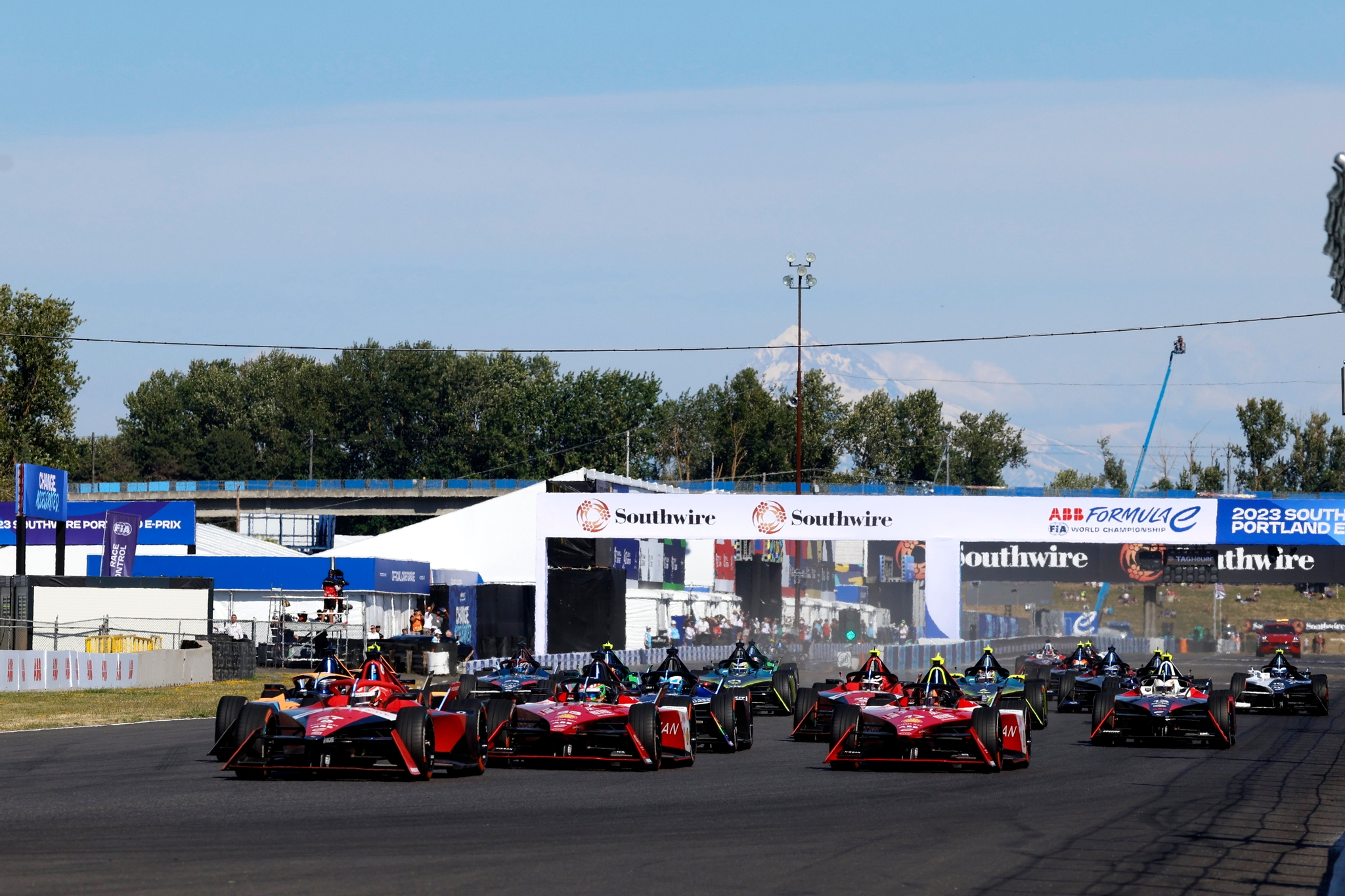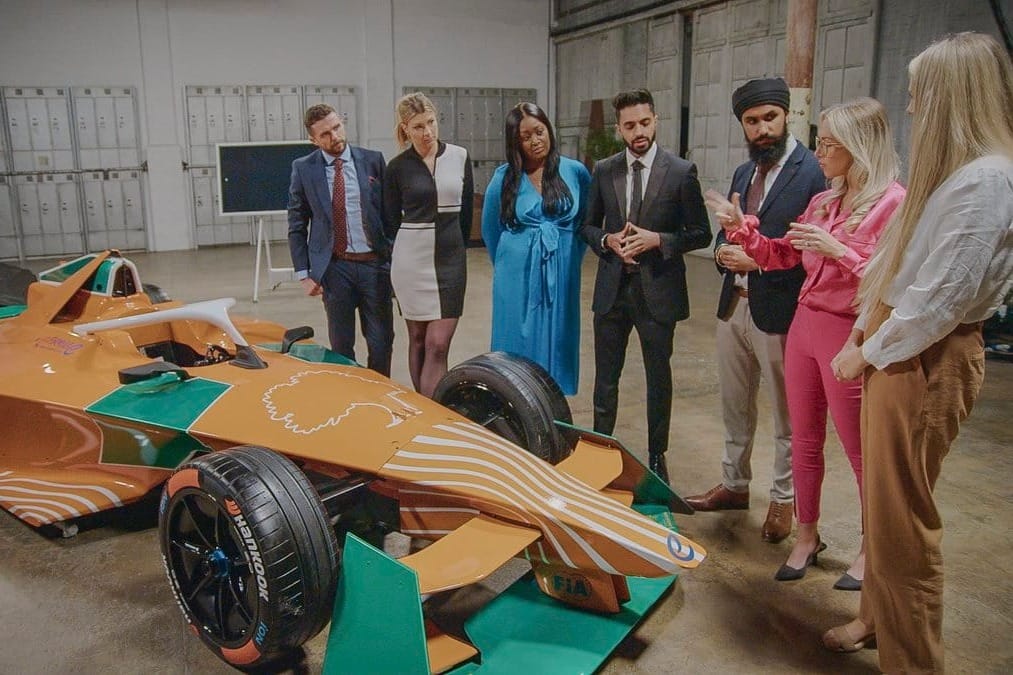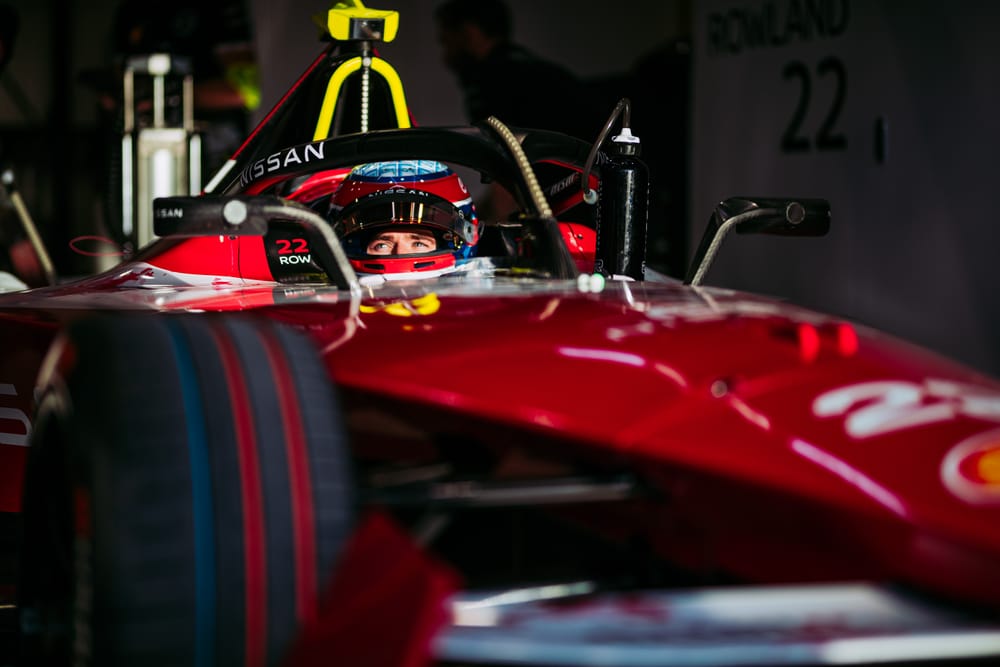until Abu Dhabi Autonomous Racing League

A sense of foreboding and perhaps even embarrassment is starting to descend on the Formula E paddock with regard to whether or not its much-delayed 'attack charge' energy-boosting pitstops will ever see the light of day.
After the most recent testing ended with one of the chargers having to be quarantined and the scrapping of a much-needed practice session with the infrastructure, teams will meet with the FIA this Thursday to discuss a way forward for the plans.
The Mexico Test Setback
🚨 FAST CHARGING FIRST-LOOK 🚨#FormulaE teams are testing the new attack charge boosters at Valencia ahead of their 2024 debut.
— The Race (@wearetherace) October 24, 2023
Eight of the units are being shared among the 11 teams this week.
Here's McLaren's Jake Hughes receiving an energy boost ⤵️
🗣️ @sniffermedia pic.twitter.com/PsKHPEOP5M
Fortescue WAE (formerly Williams Advanced Engineering), the suppliers of the infrastructure have been carrying out analyses as to what occurred in Mexico City when the kit used by Envision Racing suffered a problem and resulted in it having to be isolated before investigation.
That meant the planned second free practice session testing for all teams in Mexico City was scrapped, as were plans for another test in Diriyah at the end of January.
The pitstops in free practice will return for Sao Paulo this week but with some teams having barely experienced the equipment at all, time is running out for them to be implemented within the current campaign.
Should it become the case that it will be deferred another season it would then effectively be two campaigns late as the original intention was to bring in the attack charge pitstops for Gen3 which began in January 2023.
Formula E CEO Jeff Dodds told The Race that delaying attack charge until the advent of the next rules iteration at the end of the current year was a possibility.
“To be really candid I think the embarrassment would be very high, if we launched it and it was either a poor sporting format, so took the sporting form of backwards, or the technology wasn't robust enough to deliver what our ambition is,” said Dodds
“That’s to showcase to the world in the future, that you'll be able to charge BEV (battery electric vehicles) cars in 30 seconds for 10% additional battery charge and I think is a very reassuring thing for people who are looking to migrate from ICE (internal combustion engines) into battery electric vehicles.
“If it doesn't work very well, but there's a problem with it, that sets us back. It doesn't propel us forward. So I think that would be a very disappointing and embarrassing moment if we did that.
“So, what that means is, we won't go live until we're 100% sure it’s right.”
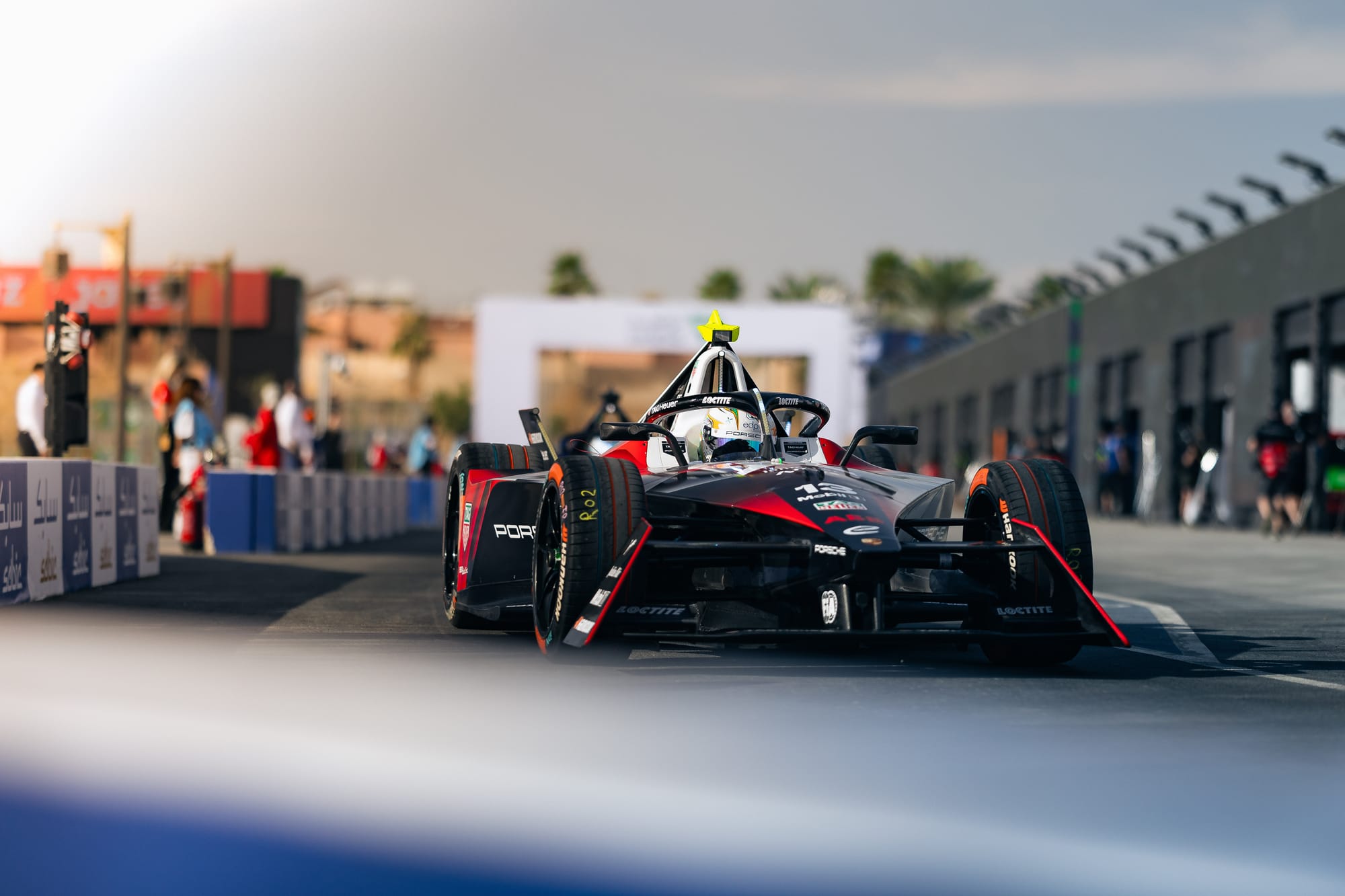
What ‘right’ means in this instance for Formula E is that it will work well and safely and that the sporting format will be better, not worse.
Also important is not to mystify fans with a sporting format that incorporates too much within its 45-50-minute structure, something which many in the paddock believe there's a risk of.
“We don't want to confuse a format that isn't as good as the old racing format,” added Dodds.
“If second race, there’s a car pulled over on the side of the track, because it's not working properly, that's clearly not good.
“The minute we think it is right, we'll launch it.”
“If it was never right and we weren't confident then maybe we would never launch it. Our intention is certainly to put it out into the wild and for it to be a massive success.
“But it needs to be right.”
The Options Facing Formula E Now
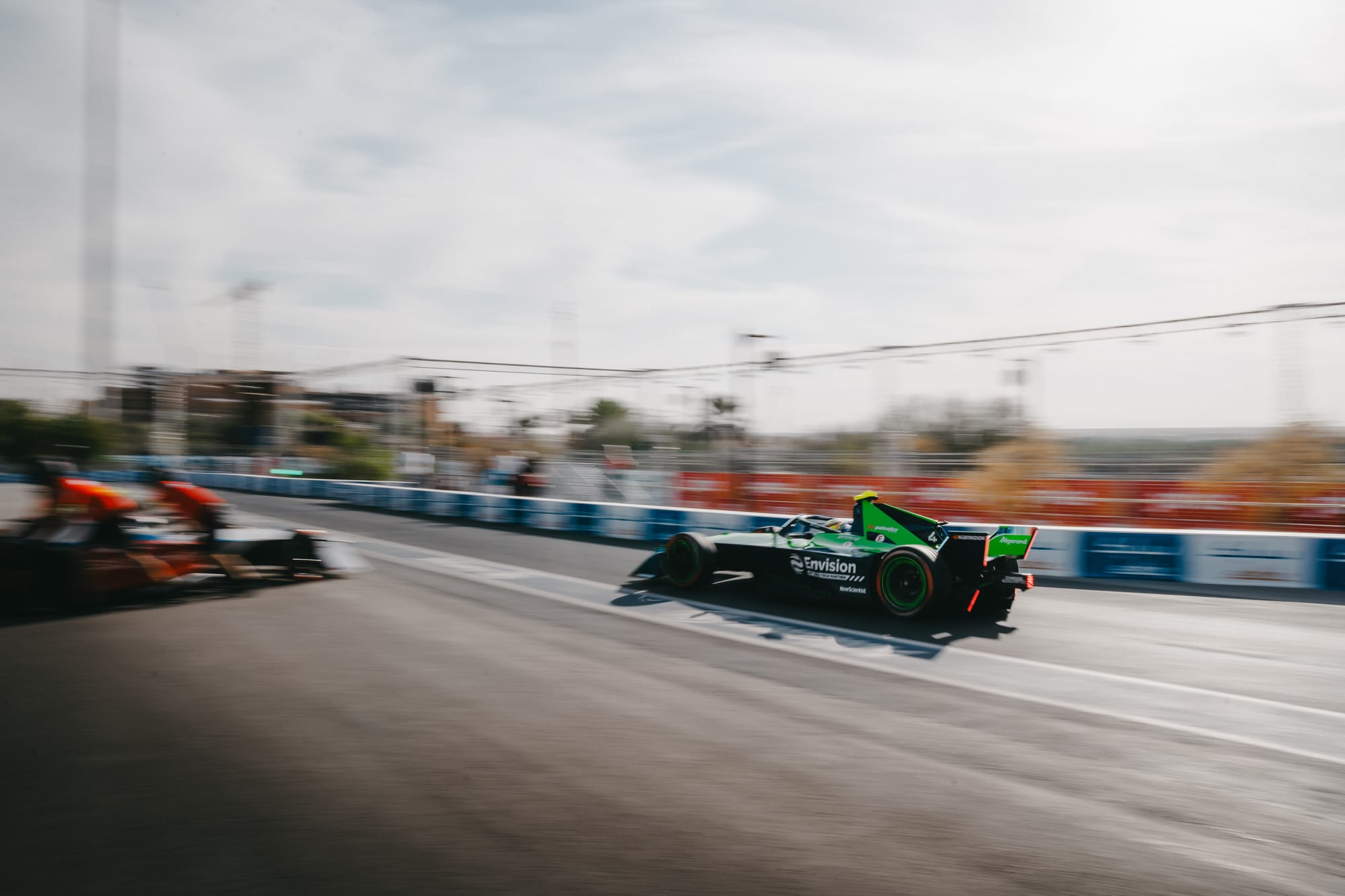
Sao Paulo this week will see the return of trial charges in practice - but this has been made non-mantory.
The Tokyo E-Prix at the end of March may also give the FIA a chance to access the equipment before the earliest possible racing implementation comes into effect in Misano next month.
Even if the tests go well there is likely to be a hefty degree of pushback by teams and drivers who see the plans as being fraught with disparity.
The immediate possibilities for the FIA and Formula E are many. They could push it through should they be confident it works and has little chance of unfairly affecting race outcomes, they could delay it further to probably Berlin in May, or it could be scrapped entirely for this season and instead be rolled into the new Gen3Evo era next season.
Should that final eventuality come about it would mean a second successive season of delays, something that could sound its death knell entirely.
“It was talked about being launched last season, and it wasn't and we shouldn't bulls*** that or try and reverse engineer a story around that,” was Dodds’ forthright summary.
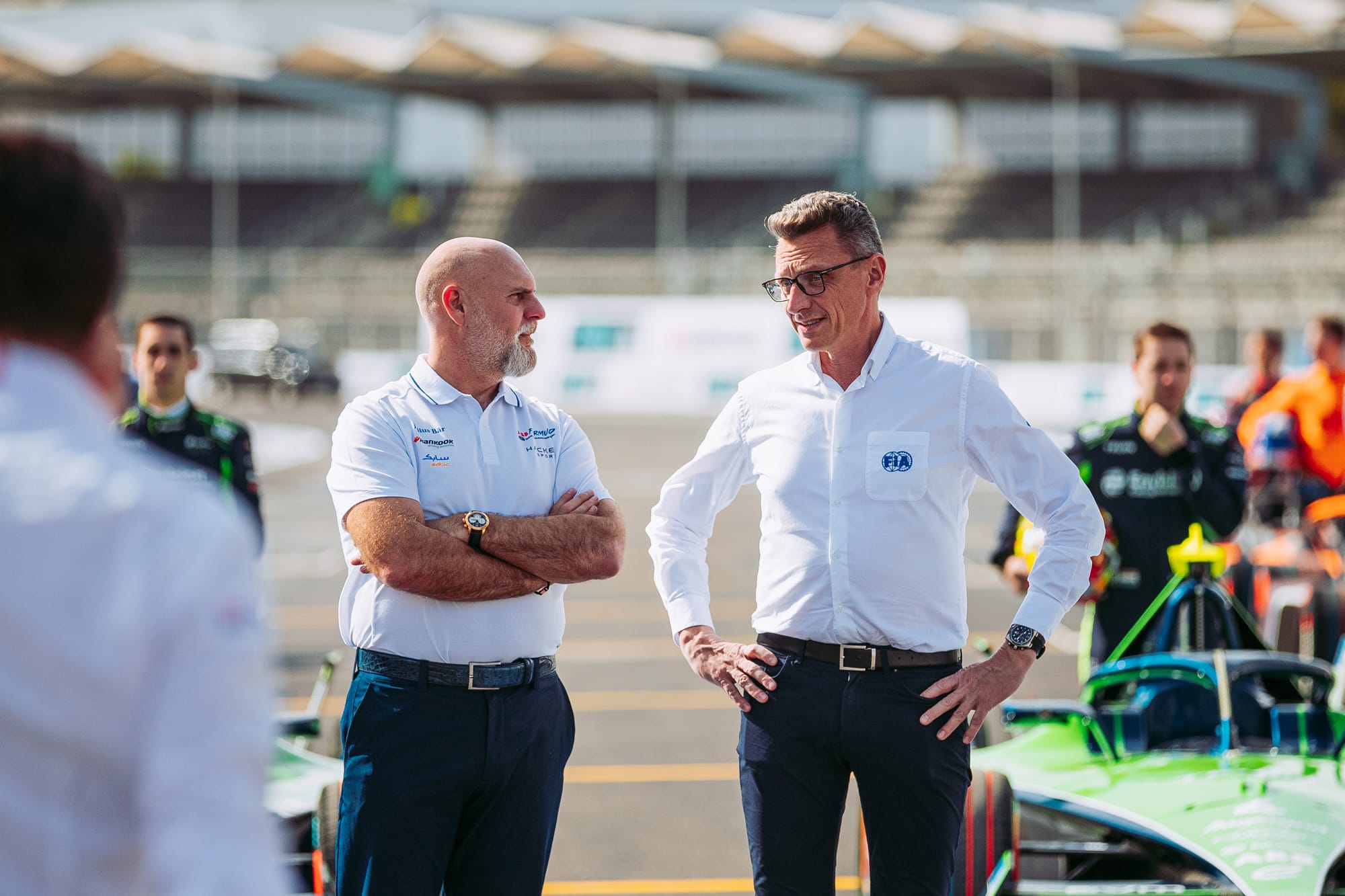
“It wasn't launched, and now we've got into this season I think there's two schools of thought which is, if it's ready to go, and it's working brilliantly, and we think it's going to make the format really compelling it could create a really exciting season, if you're starting maybe you introduced on the Sundays have double headers.”
“An alternative to that is if it's ready towards the end of the season that you wait and with the Gen 3.5 changes, you introduce a sporting change at the same time, and then you've got a much faster-accelerating car that looks cooler, and a change to the sporting format also.
“So, maybe we'll do that. I think at the moment, we've got those options.”
Drivers Split on Attack Charge Implementation
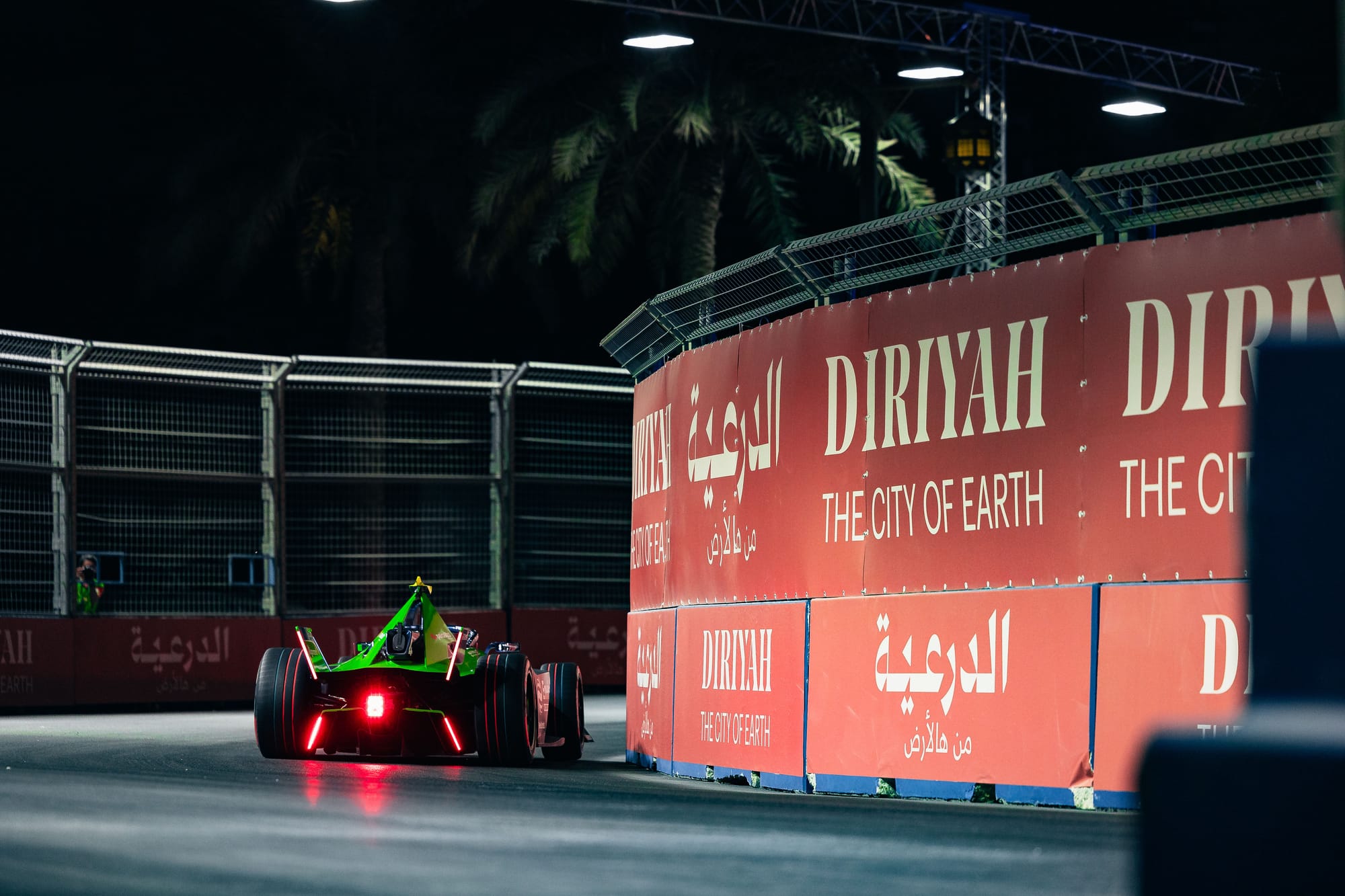
There is not a 50/50 split in terms of whether attack charge is a good idea for Formula E and it’s fair to say that most are not in favour, but there are some who do see its possible value.
You always have to remember that in any given grid, if there is an opportunity for those who are not winning to get a small advantage through something new then they will be more receptive and generally this is where the opinions are set in Formula E right now.
Drivers and teams are concerned mainly about the uncertainty of the current state of reliability and also that the sporting framework will force them to prioritise one driver over another when pitting the cars, as double-stacking is not permitted.
“In Formula E there's a lot of preparation. We are in the sim a few days before each race,” Envision’s Robin Frijns told The Race.
“Team engineers are trying to do the best to be the best prepared. In our case we have a good car. We know that if we don't have any problems, we will finish our top five most of the time.
“Attack charge? It just sounds too messy and it's an external thing that could go wrong. We only have one, so with safety cars and prioritising a driver you could sacrifice a lot and for me that's just not fair. That's why I don't like it.”
But NEOM McLaren’s Sam Bird is one driver who is generally supportive, telling The Race that he “likes the concept” and “likes the idea.”
“I hope [the fans] buy into it, I hope it’s reliable, but let’s see,” said Bird.
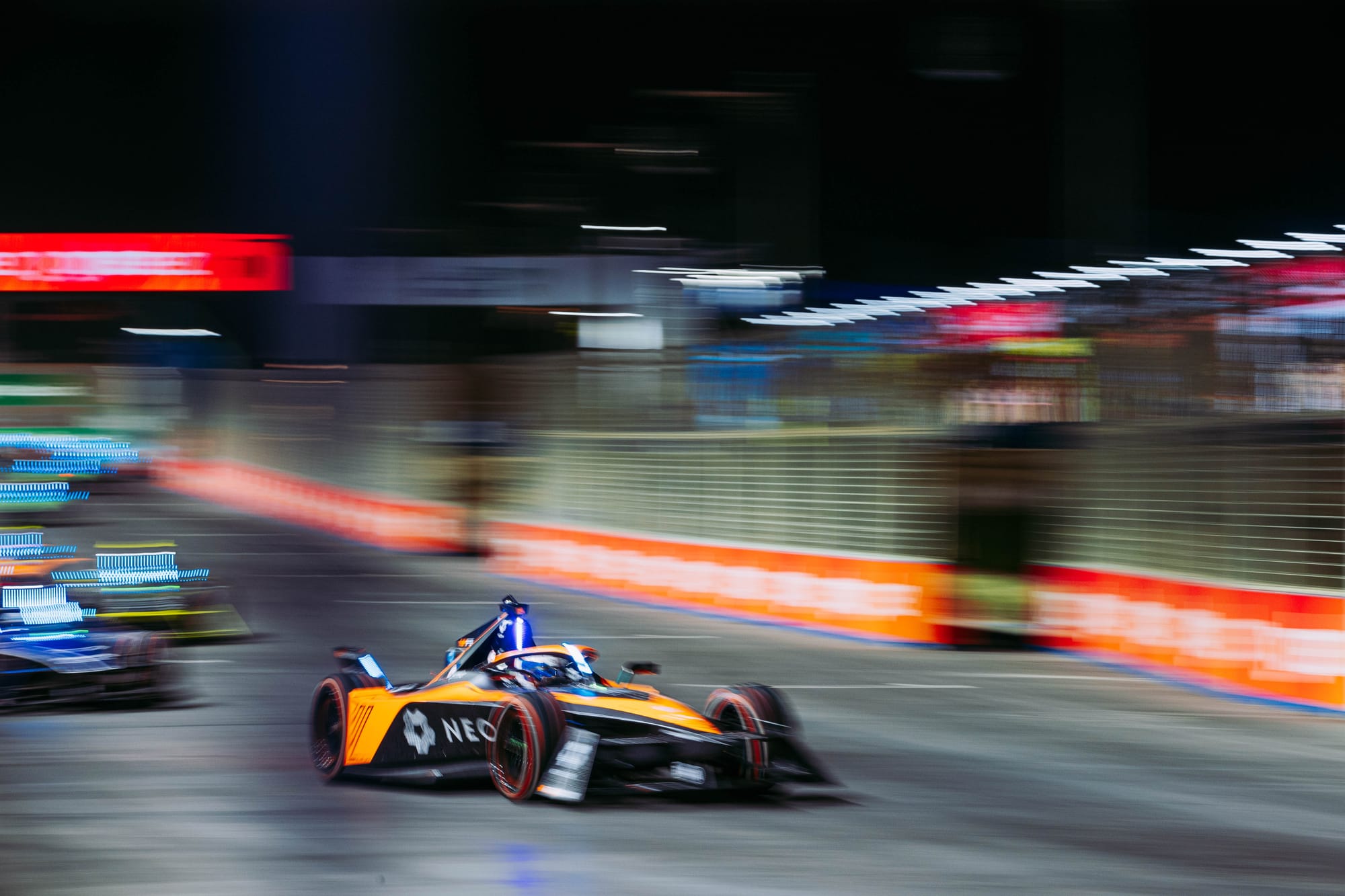
“I think Formula E has a great idea here, but I think to introduce it now would be a mistake seeing that there are still some fundamental issues up and down the pit lane with some of them.”
Yet, like Frijns, Bird caveated his general enthusiasm for the idea with needing it to finally be reliable.
“It could become unfair from a sporting side if somebody is leading a race and they keep on having these failures within the pit stop, and it’s not their fault,” he added.
“If it’s a supplier’s fault from the championship side, I don’t think you can run that component in the race car yet or have that component potentially decide races.”
